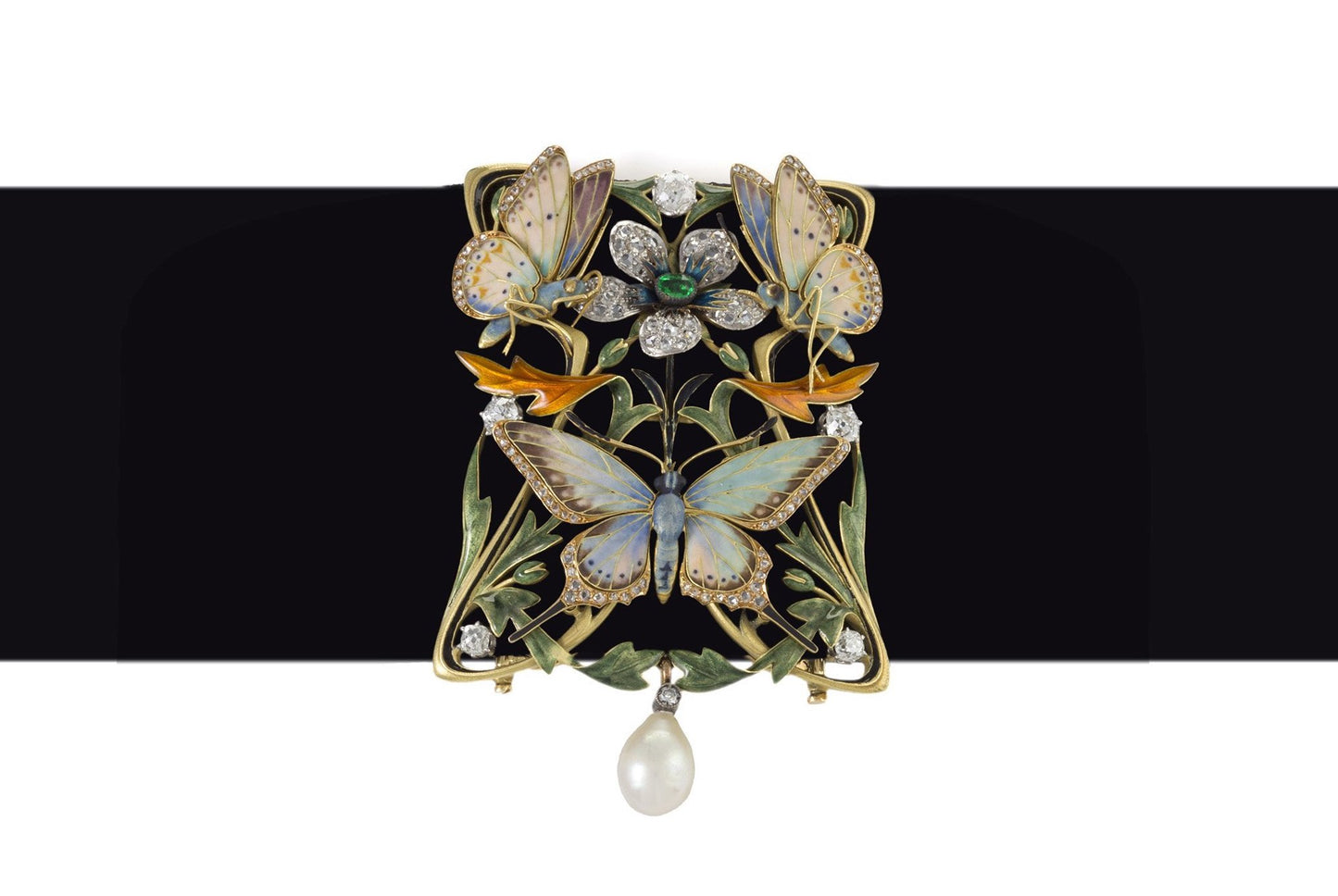Tiffany Studios New York Glass Moorish Tile Single Candle Holder
Item #: L-20855
Artist: Tiffany Studios New York
Country: United States
Circa: 1900
Dimensions: 18.5" height, 5.25" diameter
Materials: Glass, Bronze
Literature: Duncan Alastair and Tiffany Studios (New York N.Y.). 2007. Tiffany Lamps and Metalware : An Illustrated Reference to Over 2000 Models. 1st ed. Woodbridge: Antique Collector's Club. p. 378 1548 #1205
Item #: L-20855
Artist: Tiffany Studios New York
Country: United States
Circa: 1900
Dimensions: 18.5" height, 5.25" diameter
Materials: Glass, Bronze
Literature: Duncan Alastair and Tiffany Studios (New York N.Y.). 2007. Tiffany Lamps and Metalware : An Illustrated Reference to Over 2000 Models. 1st ed. Woodbridge: Antique Collector's Club. p. 378 1548 #1205




















